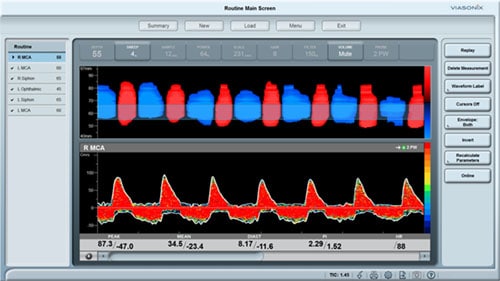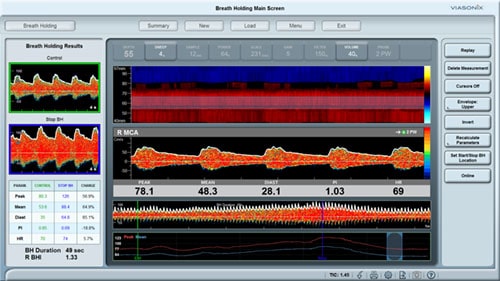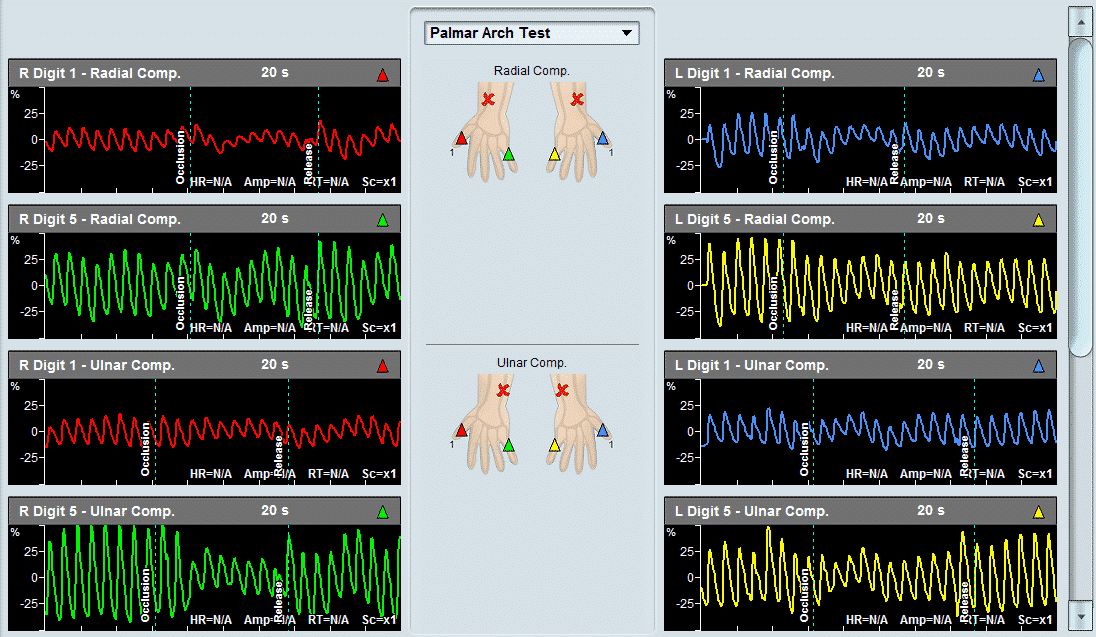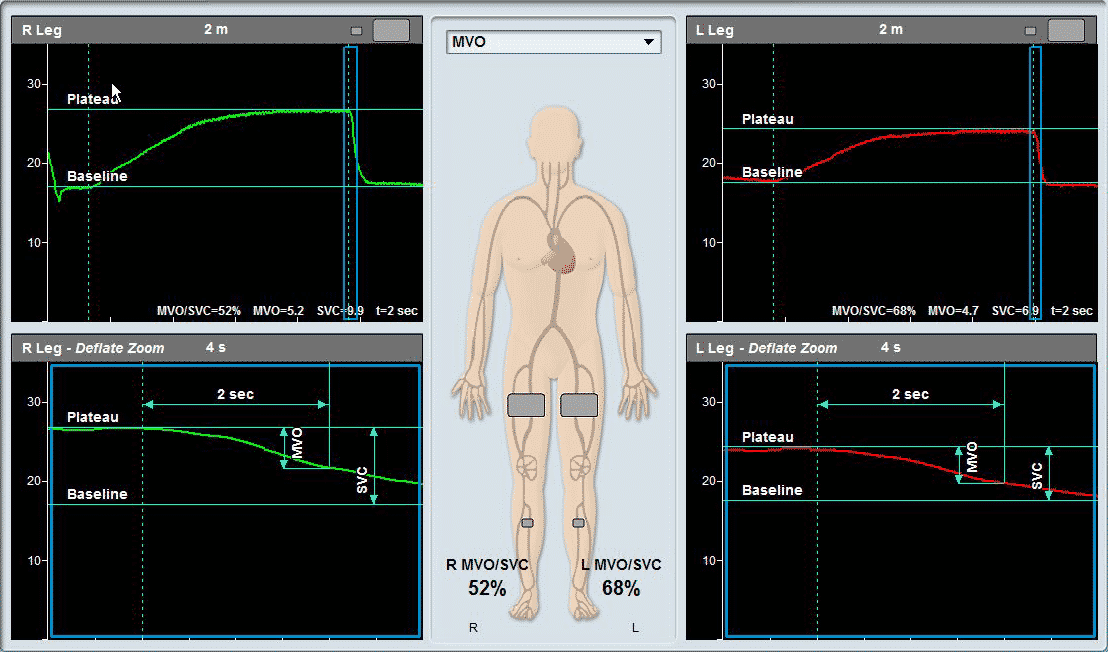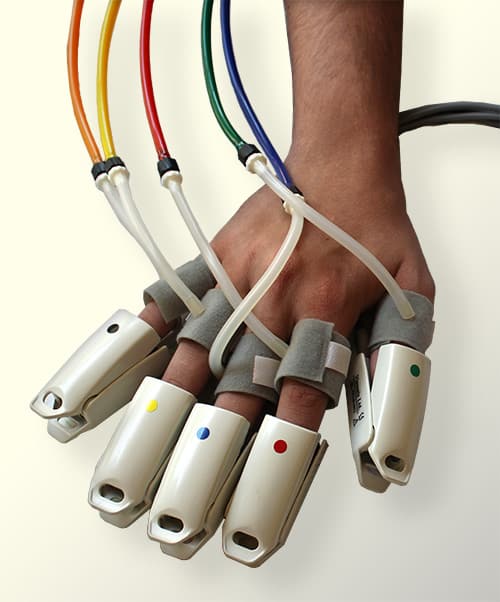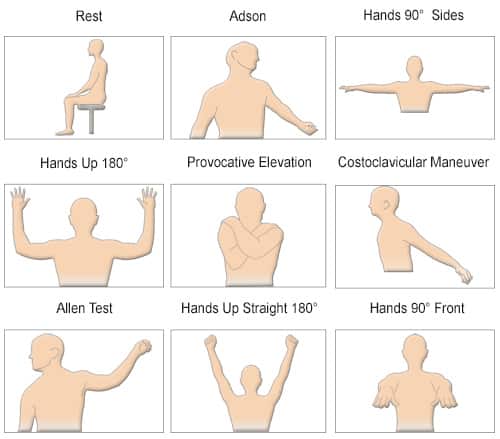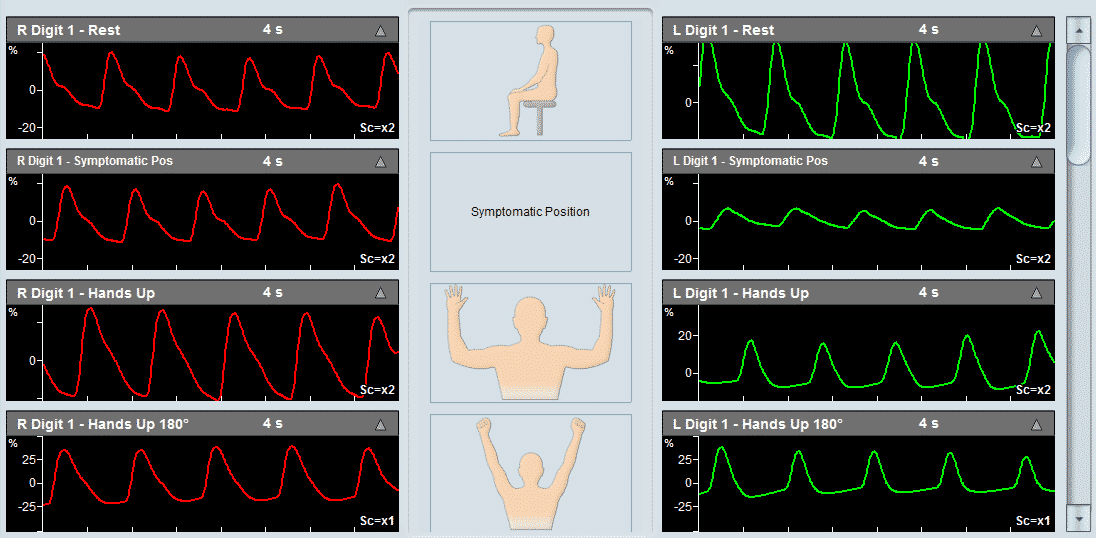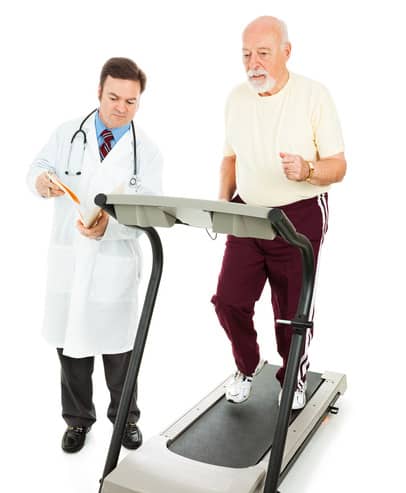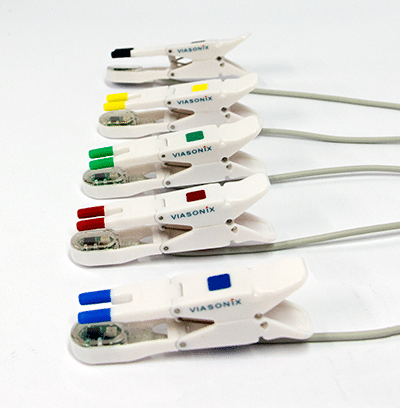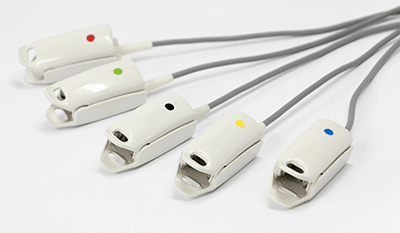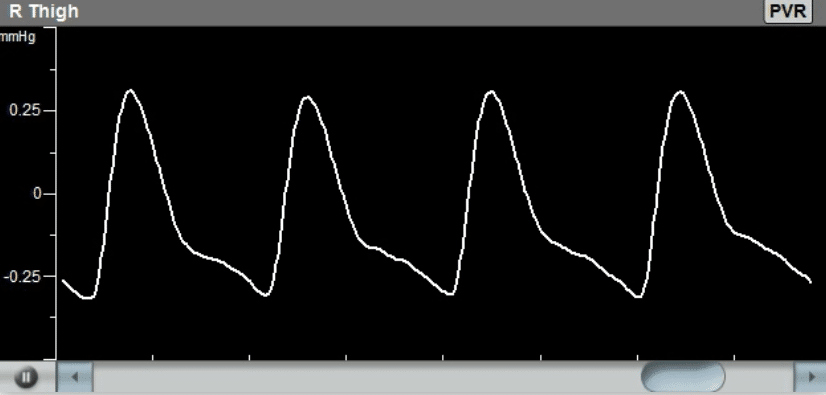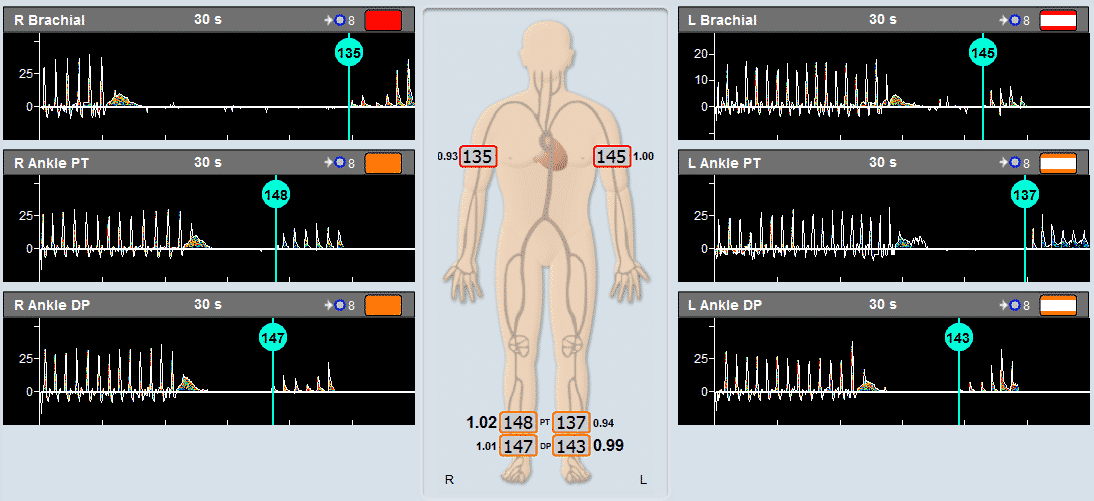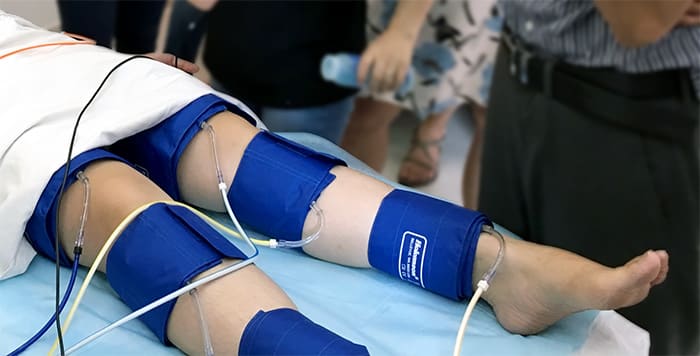Peripheral vascular diseases encompass the diagnosis and treatment of blood vessels present around the body, brain, and heart. These have continued to be one of the main reasons for amputation in several countries including the United States. Also known as PVD and peripheral artery disease (PAD), it manages the diseases related with blood circulation and blood vessel blockages (either completely or partially).
PVD occurs when plaque deposits in veins and vessels responsible for carrying blood to all parts of body. It is a serious illness which requires accurate diagnosis and treatment. Similarly to the Raynaud’s Syndrome diagnosis, the appropriate vascular medical devices are required for diagnosis and treatment later on.
Moving back to the reasons for it, the plaque deposited in the veins’ walls gets hardened, which over time may lead to partial or complete blockage of blood circulation. The plaque is a combination of calcium, fat, fibrous tissues, cholesterol, and several other substances. For its detection, the doctors perform Doppler ultrasound on the patient, which measures the blood flow through veins. The non-invasive examinations measures blood pressure in knees and ankles. There are mainly two kinds of PADs that take place in the human body: organic and functional. The functional PVDs result from smoking, cold temperatures, stress, and constant working with vibratory machinery. Organic PVD is caused mainly due to inflammation, blood clots, tissue damage, or atherosclerosis.
Peripheral artery diseases are more common in men than women and tend to happen in individuals over 50 years old. Contributing factors to increased Peripheral Vascular Diseases included but not limited to:
- Overweight or Obesity
- Smoking or chewing tobacco
- Diabetes
- Lack of physical activities
- History of hypertension in patient
- History of atherosclerosis side effects
- Low levels of high-thickness lipoprotein (HDL) cholesterol
- Large amounts of low-thickness lipoprotein (LDL) cholesterol and triglycerides
PVD can be treated using different methods like medicines, surgery, angioplasty, change in lifestyle, physical activity and so forth. Medicines mainly help in easing down the swelling as well as pain for the patient. Surgery on the other hand, helps in restoration of blood circulation by replacing the blocked blood vessel with healthy blood vessels from the human body. All of these treatments need to be accompanied with lifestyle changes otherwise nothing works in an effective manner for a long time.

